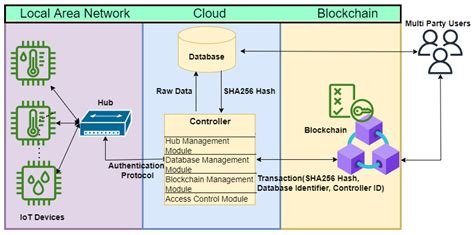Mixers: Enhancing Privacy in an Open Blockchain World

In the rapidly evolving field of blockchain technology, one innovative solution has gained significant attention for its promise to enhance user privacy: mixers. Also known as “tumblers” or “mixing services,” these digital platforms aim to provide a secure and anonymous way to interact with cryptocurrencies, enabling users to trade and move assets without revealing their identities.
What are Mixers?
A mixer is a decentralized service that allows users to mix their cryptocurrency holdings with those of others. This process involves pooling the assets of multiple users, which are then used to create new, mixed coins or tokens. The goal of mixing is to break the direct relationship between individual wallets and reduce the risk of asset theft or tracking by law enforcement.
How Do Mixers Work?
The mixer’s algorithm works as follows:
- A user deposits their cryptocurrency holdings into the mixer.
- The mixer creates a unique, cryptographic hash that represents the original balance.
- The mixer then adds this hash to its ledger of mixed assets and assigns it a new, anonymous identifier (known as a “hash ID”).
- Users can now trade or exchange their coins with other users who have deposited similar balances into the same mixer.
Security Features
Mixers boast several security features that enhance user privacy:
- Hash Generation
: Mixers use complex mathematical algorithms to generate unique, cryptographic hashes for each user’s assets.
- Anonymity Layering: The hash ID used by each user is further layered with additional encryption and randomization techniques, making it even more difficult to track their activities.
Benefits of Mixing
The benefits of mixing are numerous:
- Enhanced User Security: By breaking the direct link between individual wallets, mixers protect users from potential theft or exploitation.
- Increased Decentralized Governance: Mixers operate on decentralized networks, reducing reliance on intermediaries and promoting more democratic decision-making processes.
- Reduced Market Volatility: By mixing assets, users can reduce their exposure to market fluctuations and associated risks.
Challenges Ahead
While mixers offer promising solutions for enhancing user privacy in the blockchain world, challenges remain:
- Regulatory Uncertainty: Governments and regulatory bodies continue to grapple with how to approach cryptocurrency regulation.
- Scalability Concerns: As demand for mixing services grows, scalability issues may arise, requiring innovative solutions to mitigate them.
- User Adoption: To truly achieve widespread adoption, users must be willing to participate in the process of mixing their assets.
Conclusion
The rise of mixers represents an exciting step forward in the evolution of blockchain technology. As these digital platforms continue to improve and expand their capabilities, we can expect significant advancements in user privacy and security. By harnessing the potential of mixers, developers can create more robust, decentralized systems that promote trust, transparency, and user empowerment – fundamental aspects of a secure and prosperous blockchain world.

